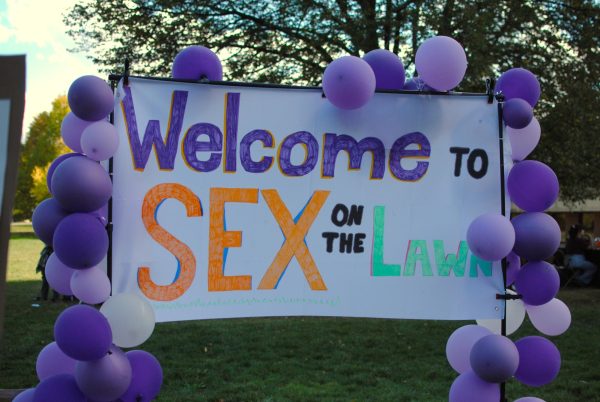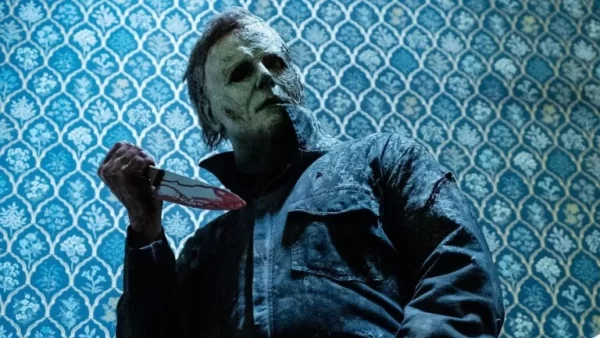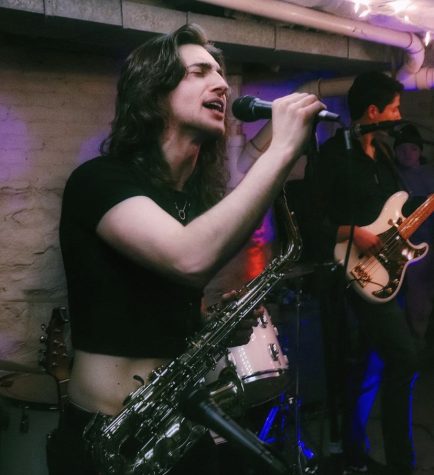The warning shot: A school shooting ignored

It was a Wednesday afternoon in March and I was outside the High School of Commerce in Springfield, where our Community Journalism class had just wrapped up, when I heard the sound: two loud, distinct pops that could only be one thing.
About 100 students ran past me, some screaming, others sprinting with their heads down in a calm, focused panic.
In that moment I turned to a classmate and asked: “Was that was I thought it was?”
But I already knew.
If two shots had been fired outside a school in Lexington, or any other white school, it would have made the front page of the Boston Globe. But that didn’t happen in Springfield on that early spring day. In fact, I was concerned that the coverage would stigmatize my students, who struggle against the stereotypes thrust upon them. But then something worse happened: the incident was totally ignored by the media.
When a school consists of mostly Hispanic and Black students, nobody lifts their head.
Every Wednesday for the past eight years, a group of college students participating in UMass Journalism Department’s Community Journalism Project spend time working and bonding with their high school companions at Commerce. I had seen a familiar, excited tension among the students, tension that usually precedes a small fistfight over some typical teenage dispute. It was a somewhat common and fairly harmless occurrence. But this was different.
The crowd of students scattered in seconds, revealing a young man in a hoodie surrounded by classmates. He tucked a handgun into his waistband and ran into the street to confront several carloads of young people who had parked across the way. The two groups met in the middle of State Street and began brawling.
The young men in the cars had come across town to start violence, and the shooter on the Commerce side fired his gun as a signal to his allies that their clique was now warring. Several police cars soon arrived and the police scared away the crowd. But with everyone involved scattered and no witnesses willing to talk, there was little to investigate.
It lasted only five minutes.
In the Community Journalism Project, high school students build confidence and literacy skills, often by writing about their own neighborhood. We publish a blog and an annual magazine each spring that features student work. The topics range from fashion to sports to dreams, like they would in any white school. UMass students aim for work that highlights the optimism of the Springfield community, the opposite of the kind of attention gang conflict draws.
The High School of Commerce works hard to keep students safe and provides guidance in traumatic times. After the shooting, teachers discussed the incident in their classes. Students were eager to vent their feelings. Some students, like Chris, (not his real name), felt they were caught up in violence they wanted no part of. After the warning shots that initiated the brawl, one of Chris’s friends fell to the ground and was stomped on. When Chris ran over to defend him, he was hit with either mace or pepper spray by police.
What resonated most for students was not the gunshots or the ensuing fight; they’ve experienced both. But their stories are more than that. They were frustrated that the image of their community is one of violence rather than resilience.
Whatever pride I felt at my students’ reactions to the shooting was overshadowed by the reality that no news outlets bothered to do any in-depth reporting about it. Nobody seemed to care. The stereotype is that these incidents are common at urban schools. But that is not true. Springfield is a tough town, but is any town so tough that gunshots fired outside a school do not register as news?
The young people who live in Springfield and communities like it are defined not by violence, but by the strength they show when facing it. Students and teachers wanted to talk about what they saw, and to reaffirm that they are more than a stereotype. Commerce and its students are a model for any educators trying to provide safety and opportunity for their students.
And their story is worth telling. The students do not let these moments define them. Why do we?
Brian Bevilacqua is a UMass journalism major who has worked in the Community Journalism Program for four semesters. Email him at [email protected].





